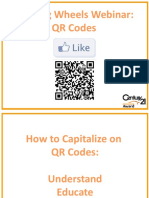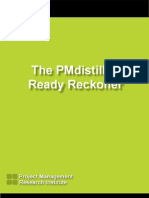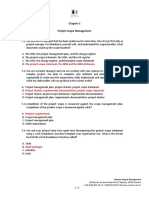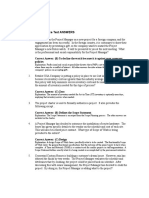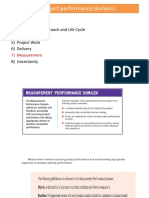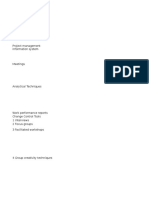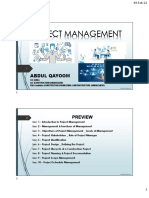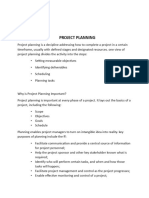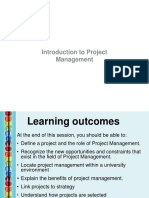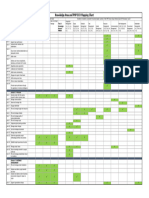0% found this document useful (0 votes)
35 views2 pagesProject Management Key Concepts Simplified
The document outlines key concepts in project management, focusing on Quality Assurance (QA) and its tools such as Lean, Six Sigma, and Kanban to improve quality and efficiency. It also discusses cost and risk management, workflow design, organizational structures, and the importance of collaboration in teams. Overall, it emphasizes the need for proper planning and management to ensure project success.
Uploaded by
vaibhavm221Copyright
© © All Rights Reserved
We take content rights seriously. If you suspect this is your content, claim it here.
Available Formats
Download as DOCX, PDF, TXT or read online on Scribd
0% found this document useful (0 votes)
35 views2 pagesProject Management Key Concepts Simplified
The document outlines key concepts in project management, focusing on Quality Assurance (QA) and its tools such as Lean, Six Sigma, and Kanban to improve quality and efficiency. It also discusses cost and risk management, workflow design, organizational structures, and the importance of collaboration in teams. Overall, it emphasizes the need for proper planning and management to ensure project success.
Uploaded by
vaibhavm221Copyright
© © All Rights Reserved
We take content rights seriously. If you suspect this is your content, claim it here.
Available Formats
Download as DOCX, PDF, TXT or read online on Scribd
/ 2


